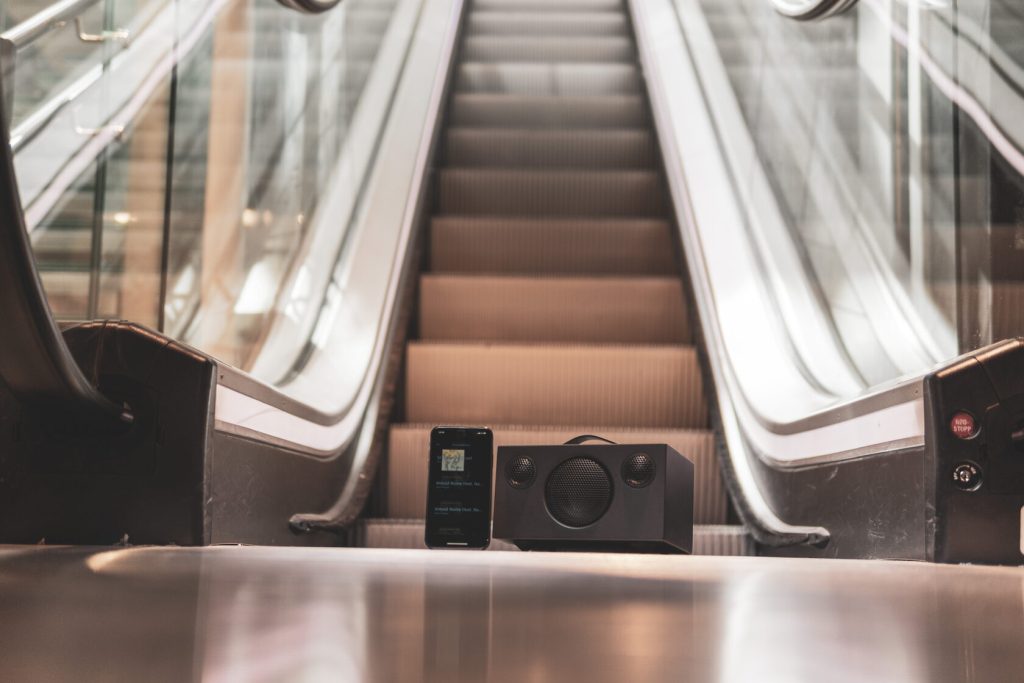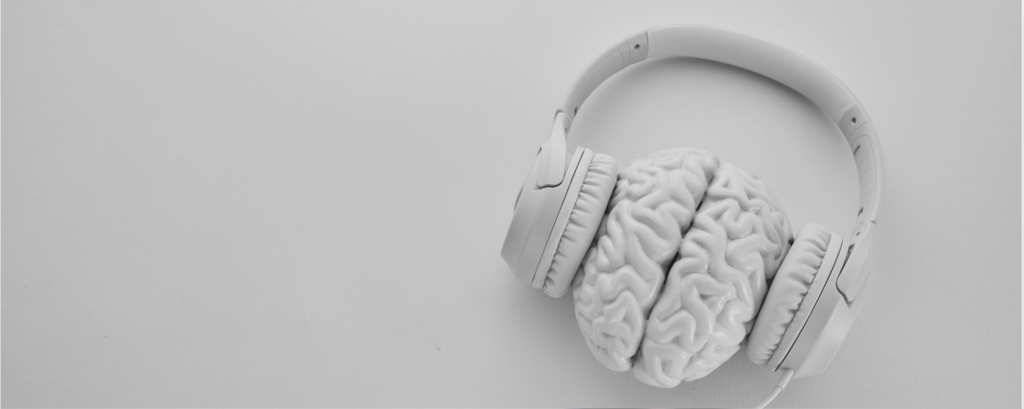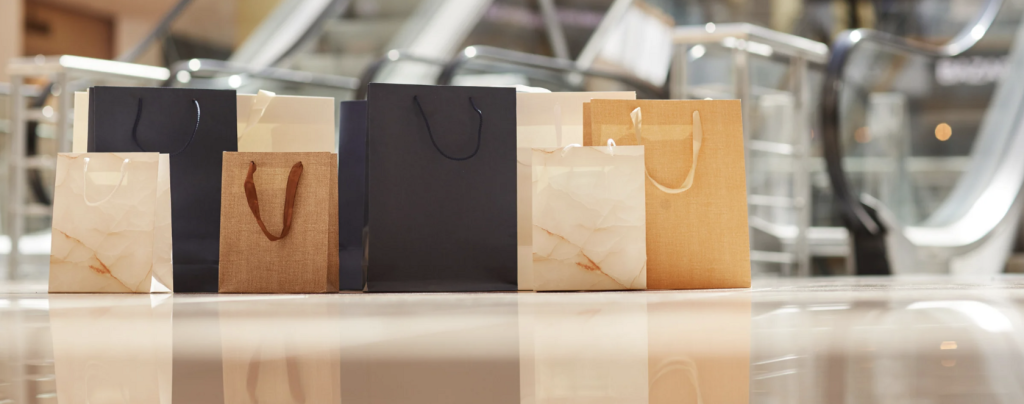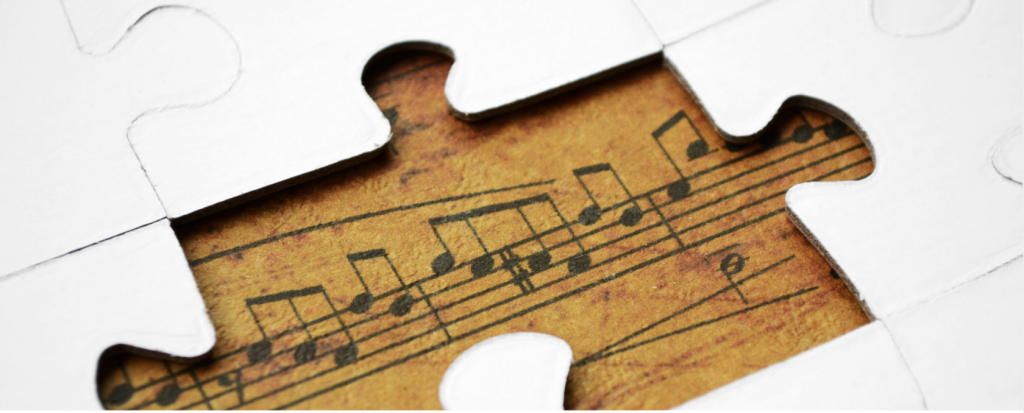
The Surprising Impact of In-Store Music on Shopper Behavior
In the fast-evolving landscape of retail, where every decision can influence customer behavior, one often overlooked yet powerful tool is music. A well-curated in-store soundtrack does more than fill the silence—it shapes the customer experience, fosters emotional engagement, and drives purchasing behavior. Here, we explore why music is a vital part of an atmospheric strategy, its psychological effects, and how it ultimately contributes to customer satisfaction and conversion.

The Psychological Power of Music
Music has a profound influence on the human brain. It evokes emotions, triggers memories, and alters perceptions. In a retail environment, this means music can set the tone for how customers perceive a store, its products, and its brand identity. Psychologists have long studied the relationship between music and mood, finding that tempo, volume, and melody can significantly impact emotional states. For example:
- Upbeat Music: Creates a lively and engaging atmosphere, encouraging exploration and positive energy.
- Slow Tempos: Induce relaxation, encouraging customers to spend more time in-store.
- Genre and Style: Aligning music with the brand identity fosters a sense of authenticity and reinforces brand values.
These psychological nuances give retailers an opportunity to influence customer behavior at an emotional level, which is often where buying decisions are made.

Shaping Perceptions Through Sound
Atmospheric elements like lighting, layout, and scent all contribute to the customer experience, but music has a unique ability to tie these elements together. The right music creates a cohesive ambiance that enhances the overall perception of the retail space. For instance:
- A luxury boutique might opt for soft classical music to reinforce a sense of sophistication.
- A trendy fashion retailer might play high-energy pop tracks to energize young shoppers.
- A home goods store might use calm instrumental pieces to create a sense of comfort and homeliness.
By shaping perceptions, music not only complements the physical environment but also reinforces the retailer’s brand identity.

Driving Behavior and Conversion
The ultimate goal of any retail strategy is to influence customer behavior in ways that drive sales. Music plays a crucial role in this:
- Increased Dwell Time: Studies show that customers are more likely to linger in stores where the music complements the ambiance, increasing the likelihood of purchases.
- Mood Management: Music can shift a shopper’s mood, reducing stress and enhancing satisfaction, which can lead to impulse buys or additional spending.
- Tempo and Flow: Fast-paced music can encourage quick decision-making, ideal for high-turnover environments. Conversely, slower tempos are perfect for stores aiming to encourage browsing and discovery.
When deployed strategically, music becomes more than background noise—it becomes a driver of meaningful engagement and conversion.

Music is not a standalone solution but an integral part of the retail ecosystem. When combined with thoughtful design, customer-centric policies, and innovative technologies, it can transform the shopping experience from ordinary to extraordinary.
As the saying goes, “Music is the soundtrack of our lives.” In retail, it’s the soundtrack of an exceptional customer journey. Investing in the right music strategy is not just an easy measure; it’s a meaningful step toward addressing the complex challenge of creating memorable and engaging retail experiences.
While there is much to consider when implementing a brand-fit music strategy, luckily here to guide you, Liveqube has more than 15 years of experience and can be your perfect partner in creating a music strategy that amplifies your brand and enhances the customer journey.
